EVERYTHING you Need to Know About Wire Brush Power Tool Attachments
Are you an industry professional or a technician who regularly deals with metal surface preparation or auto body work? Do you admire giving your creations a buffed, polished look?
If yes, then you need wire brush attachments for your power tools!
Wire brushes are multipurpose attachments with metallic bristles used to add final finishing touches to a material’s surface. Its application ranges from removing rust, oxidations, or paint to blending surface, polishing, and buffing.
All you need is to attach your wire brush to mechanically powered tools and let it do the magic!
To give it the best shot, it is important to choose the right wire brush attachment. Follow the thread to see which wire brush offers you the desired functionality.
Different Types of Power Wire Brushes
When choosing the wire brush for your power tools, it is important to consider the function it is needed for and the shape of the surface it needs to perform on. Depending on the two, here are the types of wire brushes you may need:
● Tube Brushes
Shaped like a cylinder, these tube or bottle brushes are used for deburring the surface. Characterized by twisted bristles, these brushes are suitable for cleaning internal surfaces like tubes, pipes, or cylinders.
The abrasiveness of the brush depends upon wire thickness; a single spiral brush is efficient for normal treatment whereas double spirals support heavy-duty cleaning making it effective for die casting materials.
● Wheel Brushes
Categorized with crimped wire composition, wheel brushes are commonly used for cleaning, polishing, and buffing metal surfaces. These brushes are composed of metal bristles (steel or brass) twisted together and they vary in size and width depending on the surface.
Wheel brushes are heavy-duty abrasives used in removal, welding, and scaling applications. Size, width, and brush wire type depend upon the material of the surface.
● End Brushes
These brushes are smaller in size, specially designed to reach small or congested spaces. Crimped or knotted configurations of metallic bristles are closely bundled together facing outward to reach smaller areas.
End Brushes are commonly employed for deburring applications.
● Cup Brushes
Cup brushes are used for heavy duty cleaning and prep of large metal surfaces like ships or docks. The brush bristles are designed in a cup shape for intense action against surfaces. They are available in various sizes and widths.
Which Wire Brush Attachment Should You Select?
Before you buy a wire brush attachment, it is important to consider the following three factors before making a purchase:
● Type of Wire
Wire brushes are available in carbon steel, stainless steel, brass coated, and nylon. Brass is the most commonly used and many times it is plated (or coated) on other metals like carbon steel. It has applications in the manufacturing process of many softer materials like rubber and aluminum. Carbon and Stainless steel are designed to match the specific material types. Using the wrong wire attachment may damage the surface or cause contamination or oxidizing.
To choose one for yourself, match the wire type to the material of your surface.
● Diameter of Wire (Wire Thickness)
It is important to consider this factor since the tip of the wire does all the action. The longer the wire is, the more prone it is to breakage. Thin wires (0.014 inches) are less aggressive but more flexible and fatigue resistant. Thick wires (0.025 inches) are more aggressive and strong, but also fatigue receptive.
If your application is light duty and with softer material, select a fine, thin wire whereas for a heavy-duty job, select a thicker wire.
● Bristle Configuration of Wire
Each type of wire brush attachment is designed with two kinds of bristles having their own specific applications:
- Crimped Wire Brush - These bristles are held together closely and crimped into the base cup or wheel and loose at the other end, creating more flexibility and a more uniform and polished result. These contaminant removals are good for light to medium-duty jobs and great to use with irregular surfaces. Ideal for surface finishing, polishing, and surface prep.
- Twisted Knot Wire Brush - These bristles are twisted together to form thicker cable-like pieces, creating a rigid hold for the most heavy-duty cleaning jobs. Ideal for rough surfaces prep and heavily oxidized surfaces treatment and scrub.
What Type of Power Tools Can You Attach with Wire Brush?
A power tool is a piece of mechanical and electrical equipment used to acquire external force. Characterized by its industrial usefulness, it performs tasks that would be incredibly difficult to perform otherwise.
With designs to cater to specific functions, power tools can be used anywhere from home, garage, and garden to workshops and industries.
Here is a list of power tools wire brush attachments can work with:
● Drill
A drill is the most common power tool used in households, workshops, and job sites. Wire brush attachments for drills are mounted on a 1/4-inch shank to fit the chucks of most drills and drill presses, making them a very convenient solution to perform light-duty prep jobs like removing the rust prior to painting.
● Impact Driver
Allowing you good control and a powerful and fast RPM with concussive action, brush wire attachment with hex-shanks are suitable for impact drivers and are great for medium-duty jobs requiring incredible amounts of torque, hammer action, and high RPM.
● Angle Grinder
Also called disc grinder, this portable tool powered by an electric motor can fit wire brush attachments with a 5/8-11 threaded arbor to perform many abrasive tasks such as edge blending, welds removal and deburring, sanding or removing excess material or even polishing.
● Bench Grinder
Making use of abrasive wheels, this stationary machine is most commonly used for grinding jobs. But you can also attach wire brush wheels with 1/2 inch or 5/8 arbor holes to leverage the power of the bench grinder to perform other tasks usually performed by wire brushes.
● Rotary Tools
These compact, versatile, and handheld tools hold a variety of attachments like wire brushes. With a wire brush mounted on a 1/8th inch shank, it provides energy to help perform precision applications like sanding and buffing. It can also remove rust from softer surfaces. Rotary tools are particularly helpful in precision application and hard to get areas because of their small size.
Final Thoughts
Not only are wire brush attachments extremely efficient, but they are also powerful. You can easily change the brush material as you perform different tasks.
It is important to take safety measures while using power tools and avoid excessive speed to save wire attachment bristles from dulling and breaking down.
Hopefully, this article has provided you with the right information regarding wire brush attachments on power tools. Now you can get the ones that are most suitable for the job!


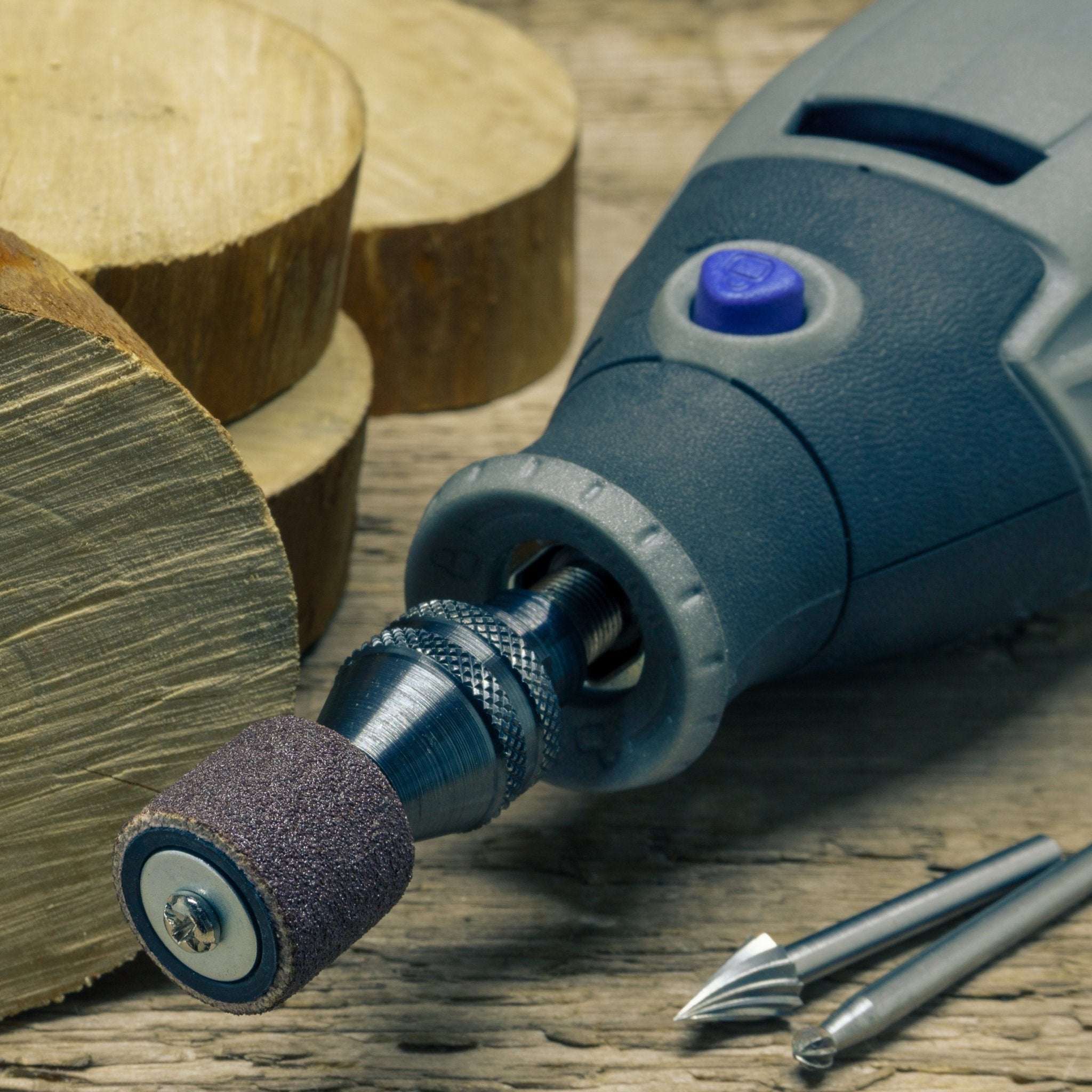
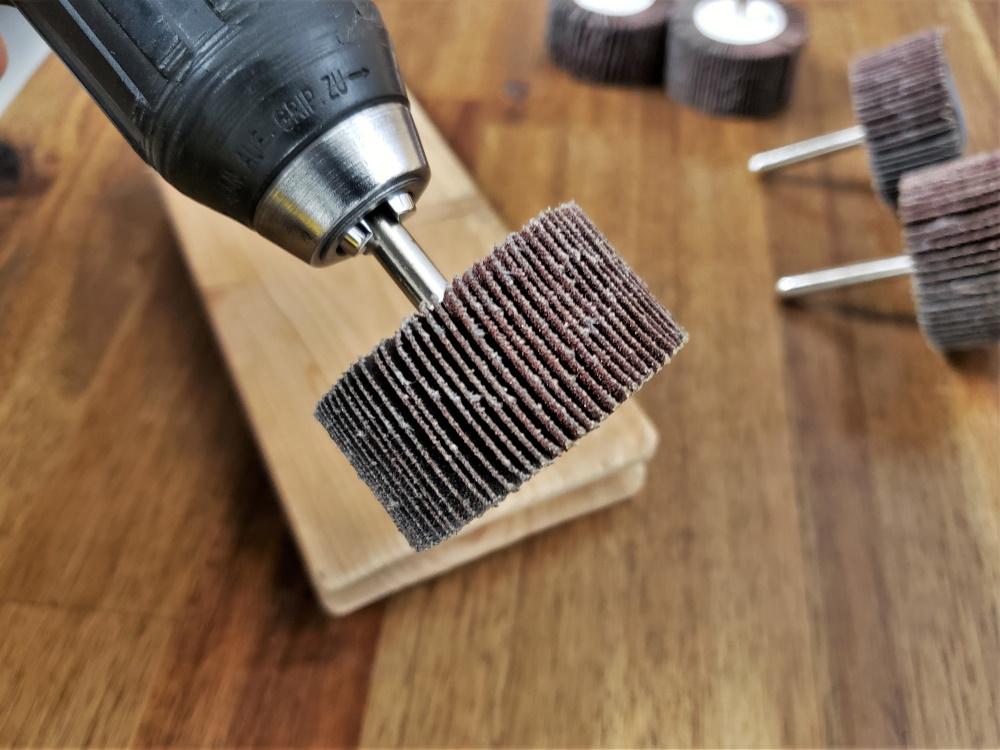
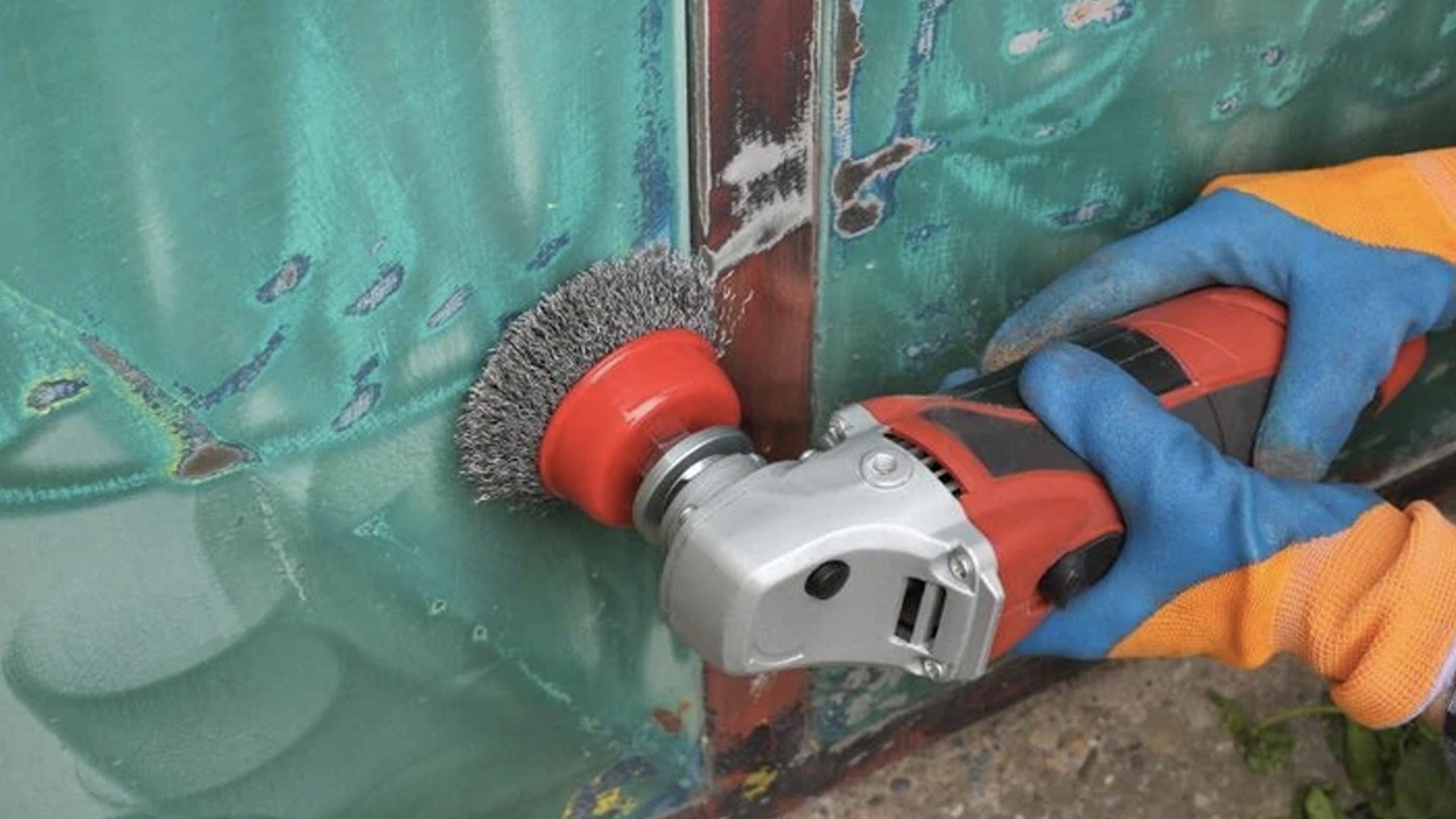
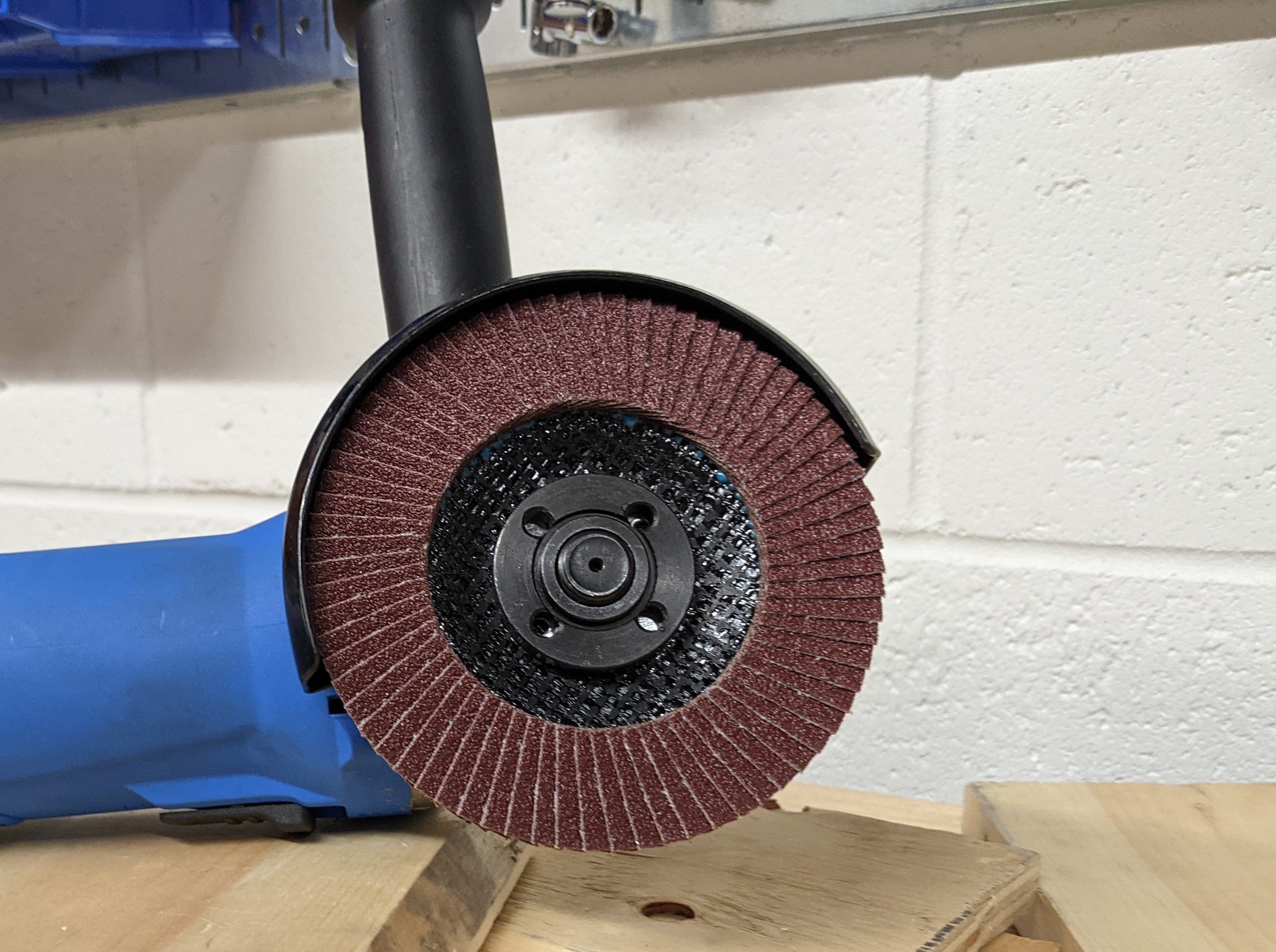
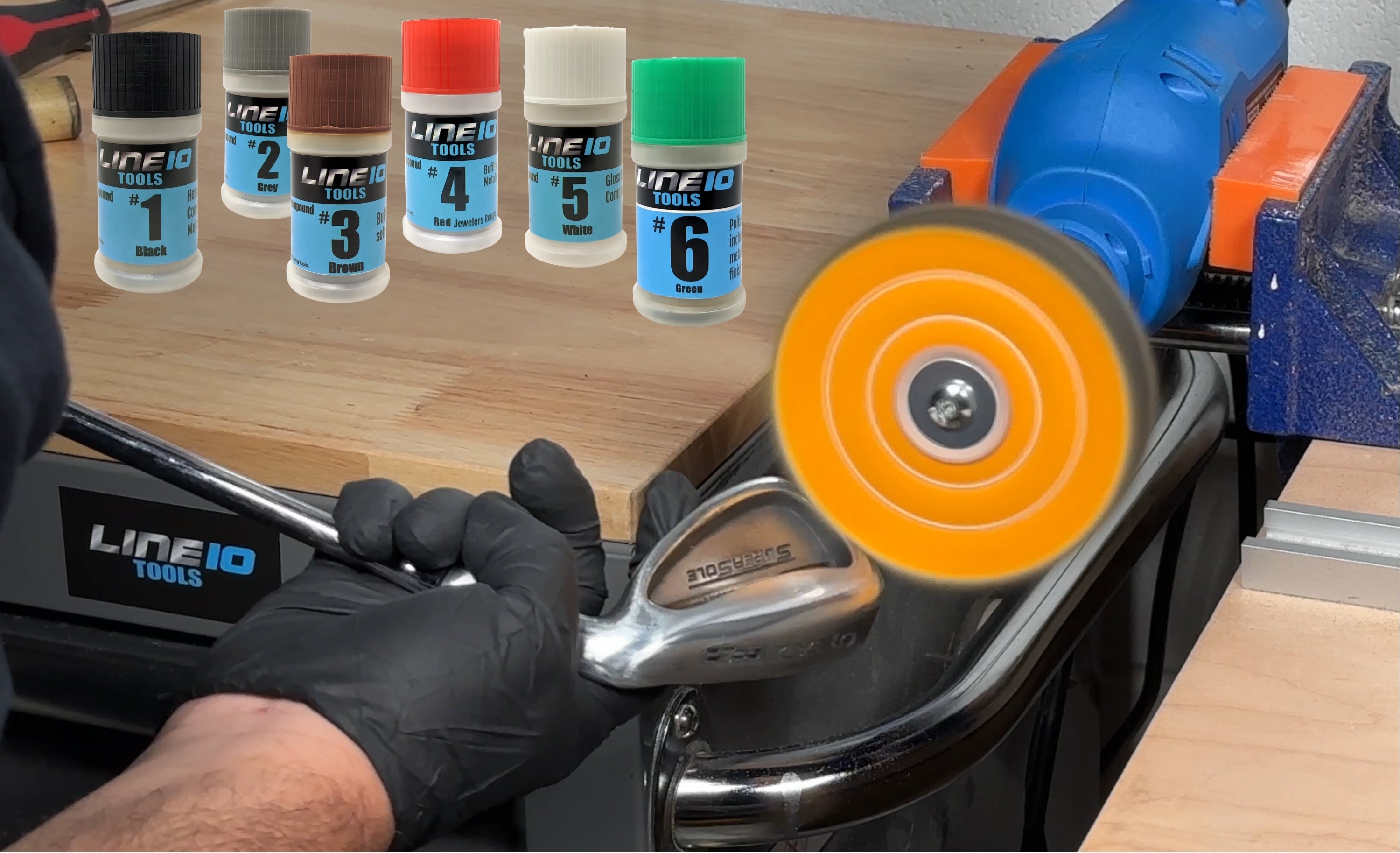
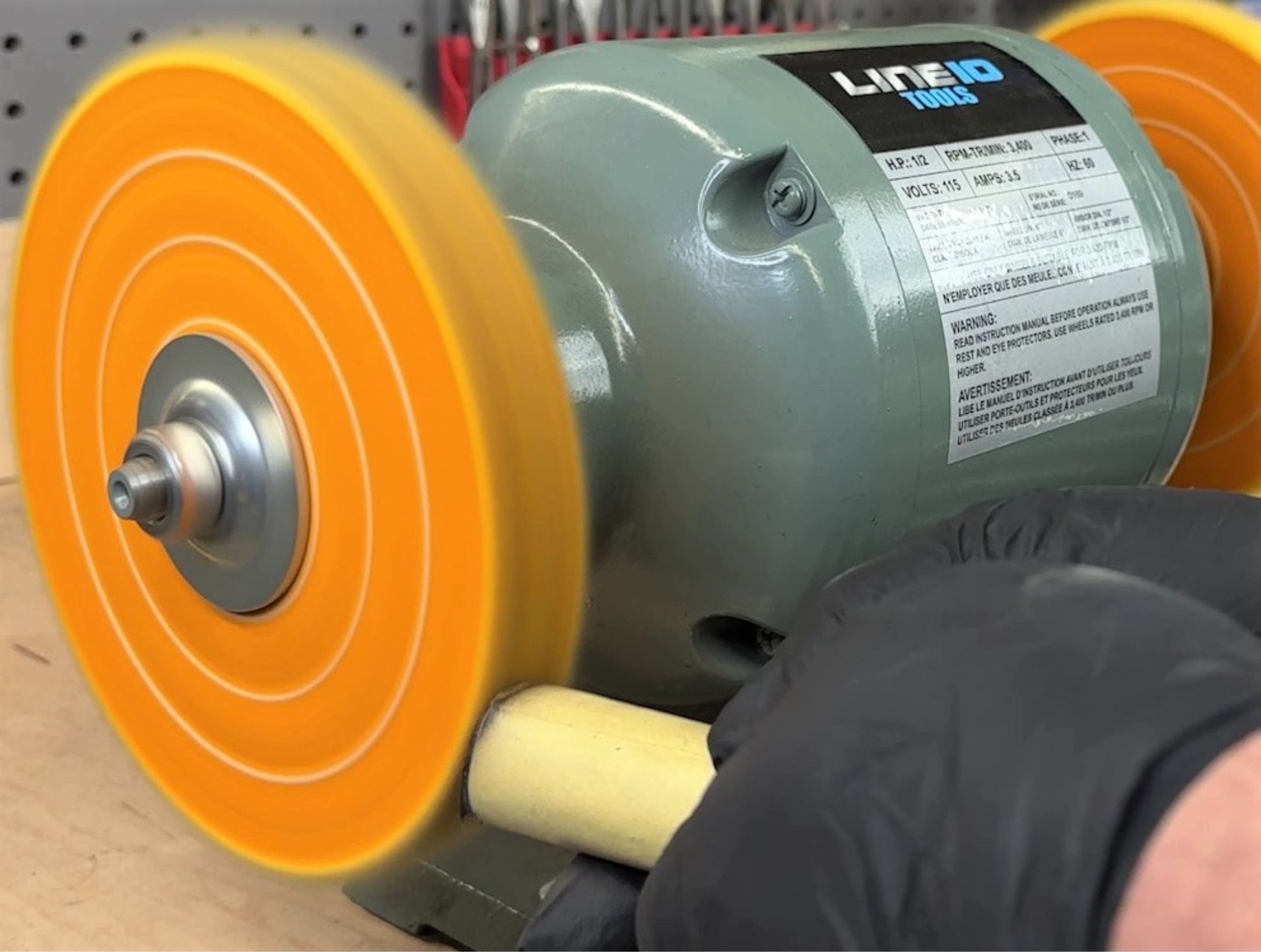
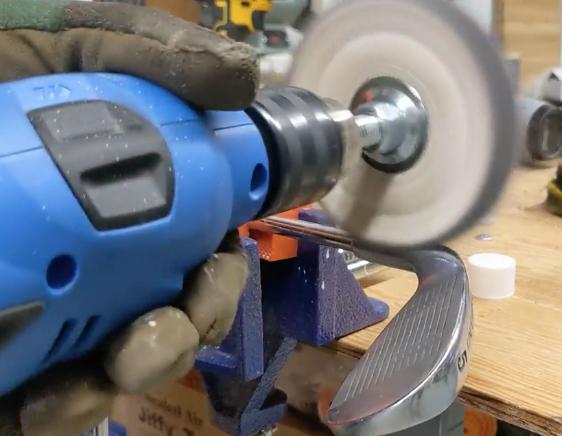
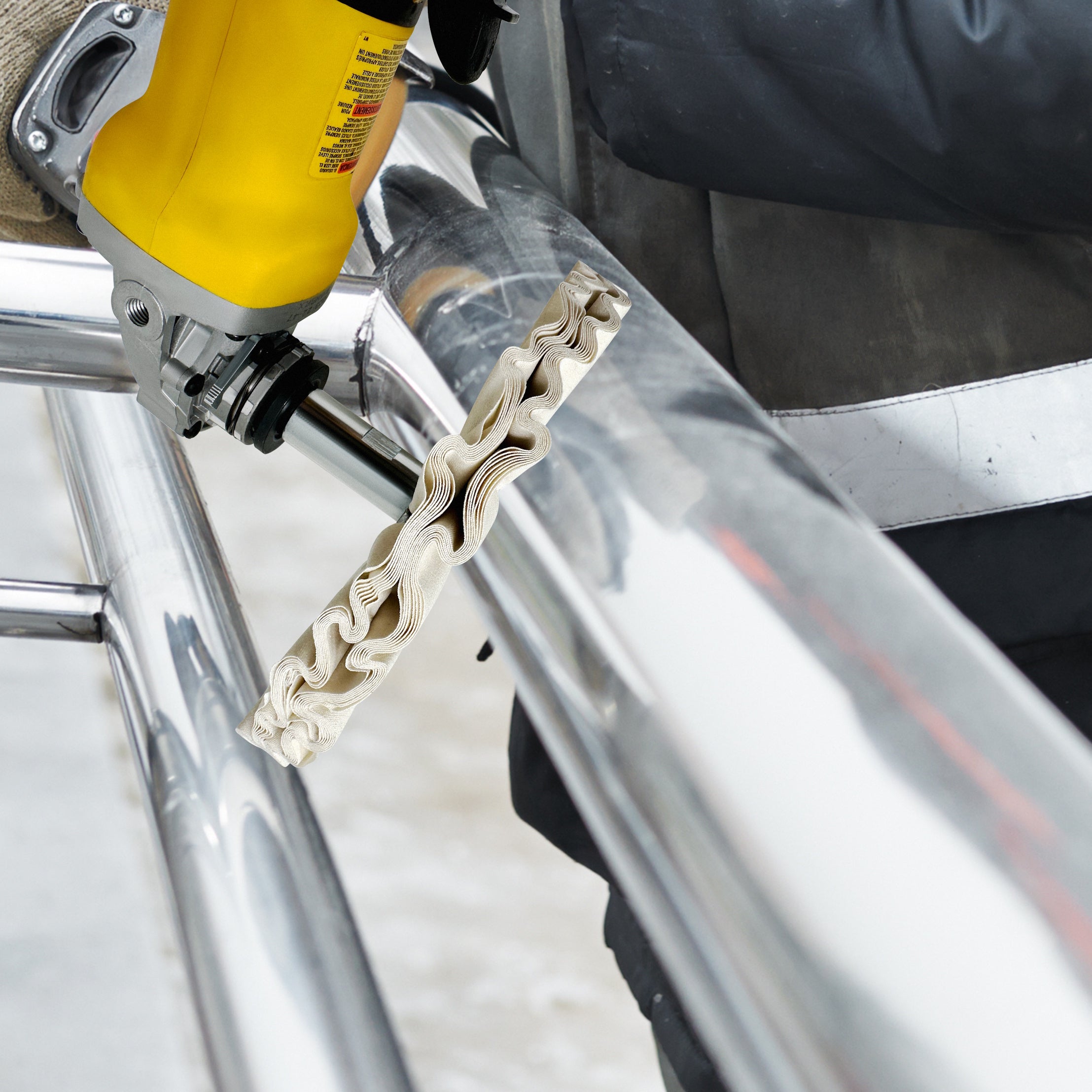
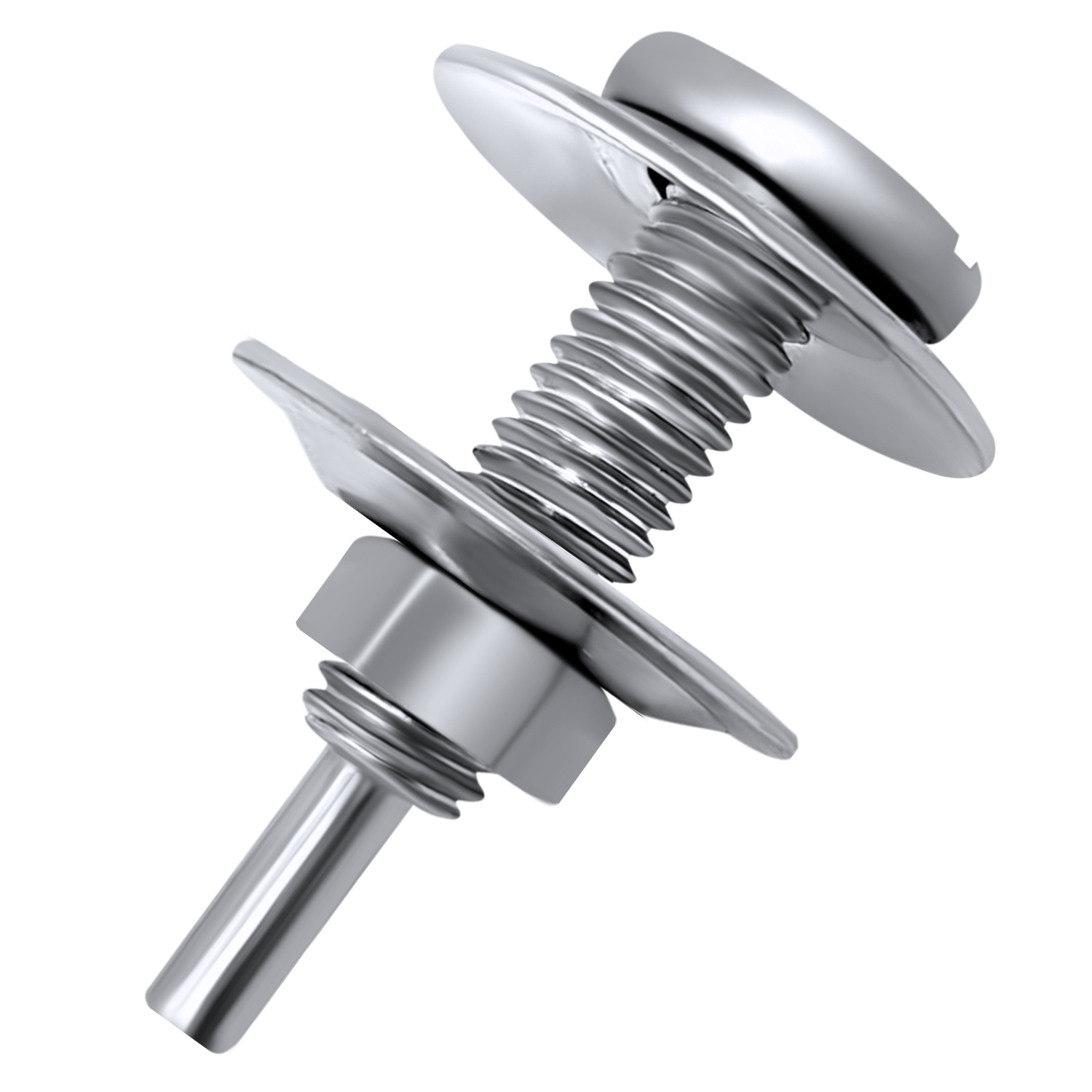
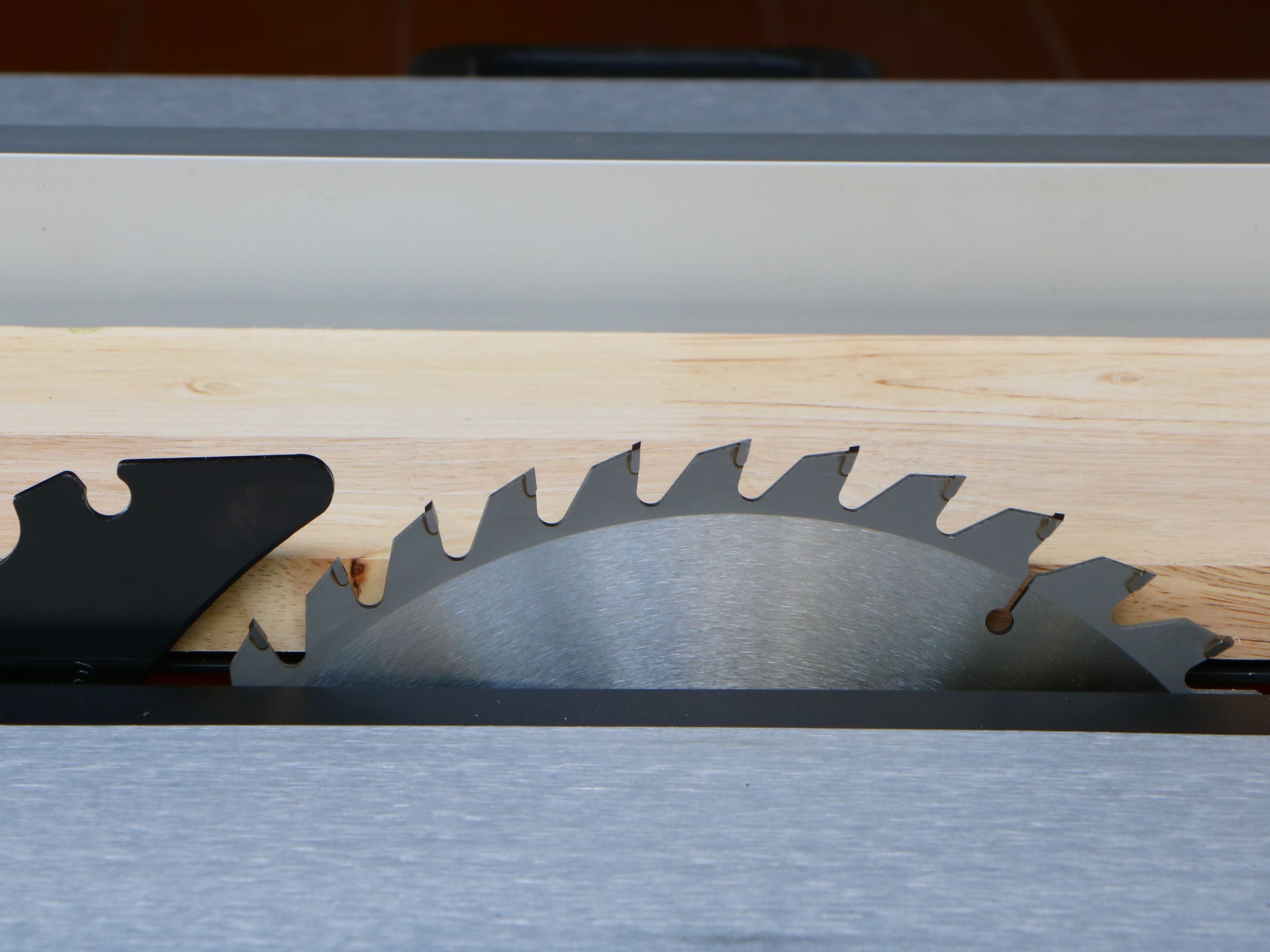
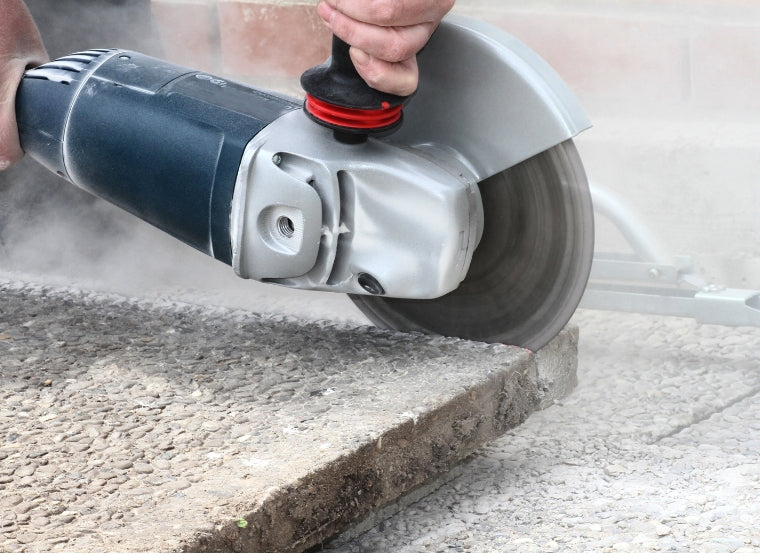
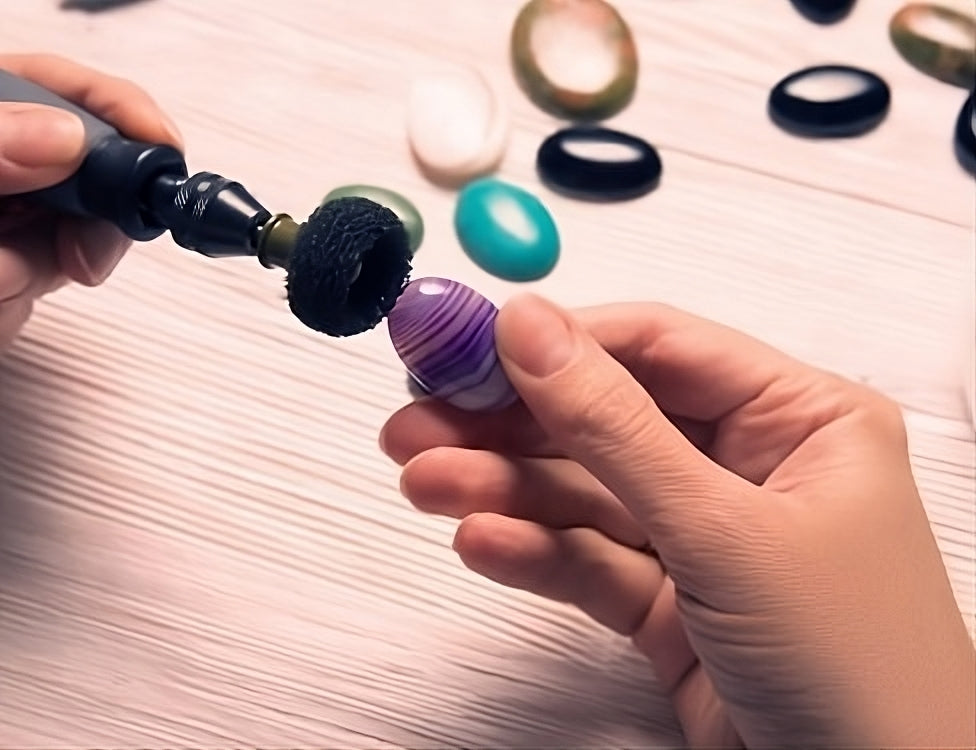
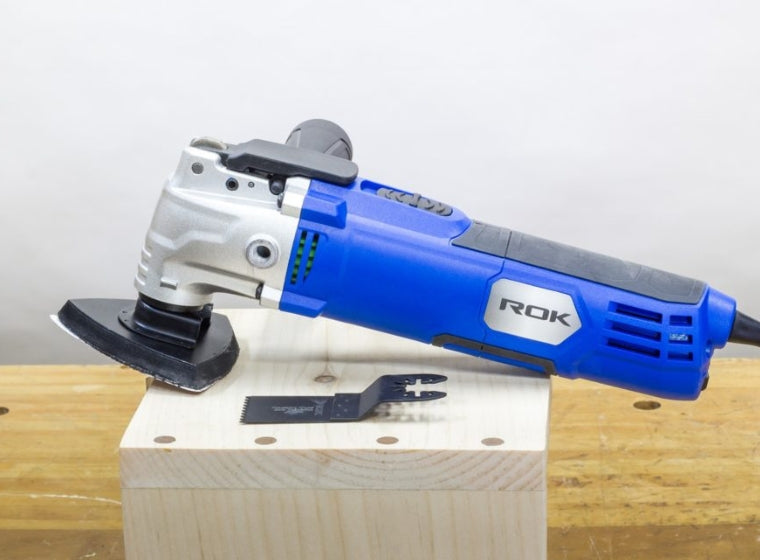
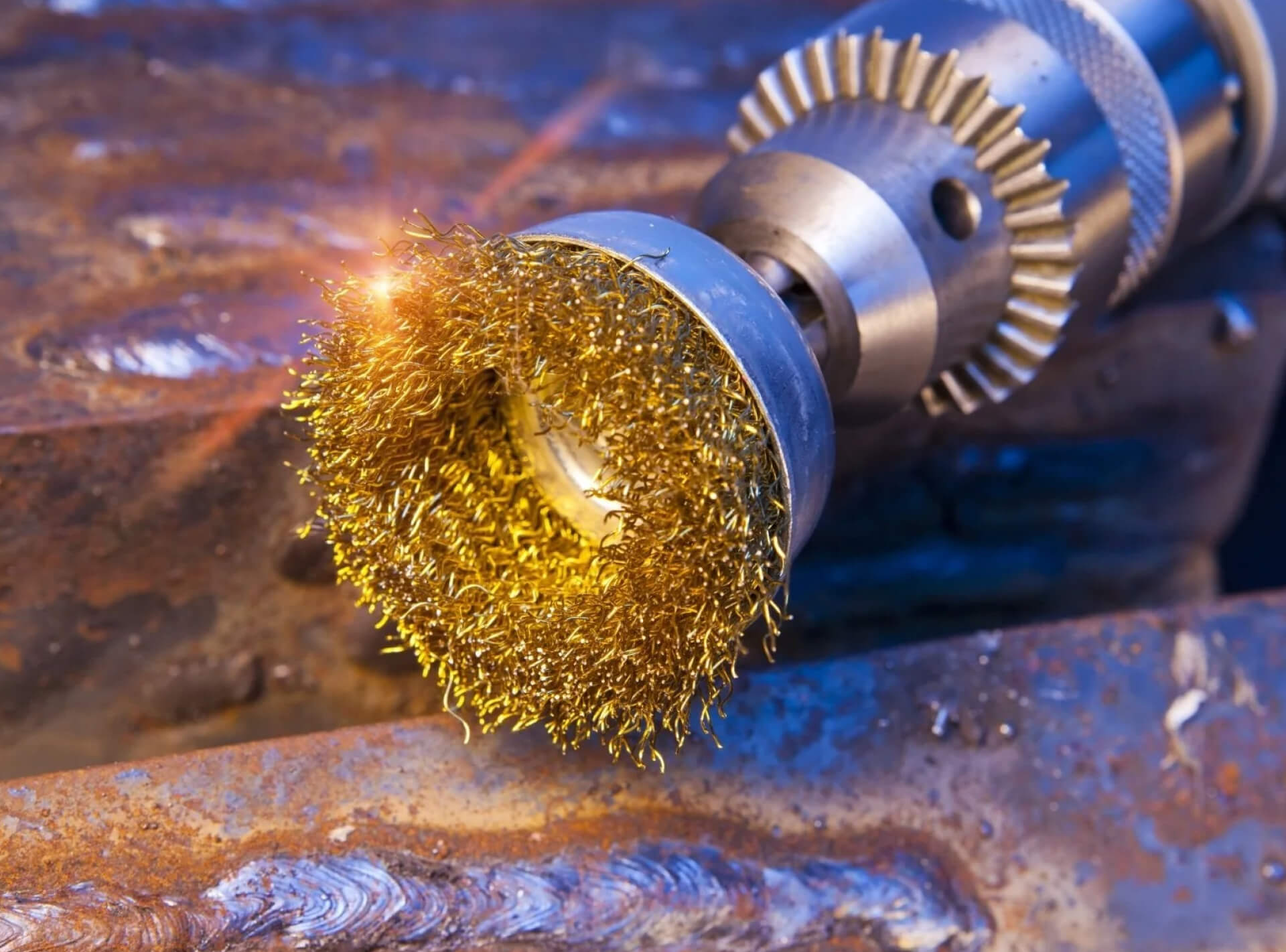
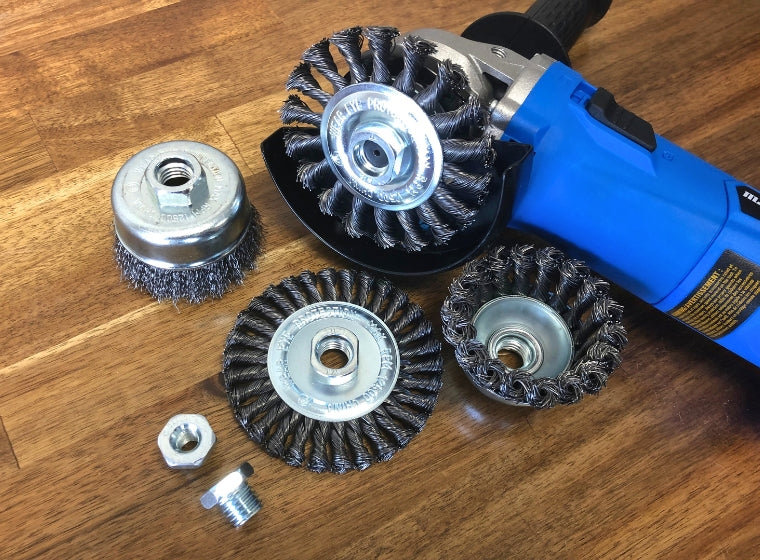

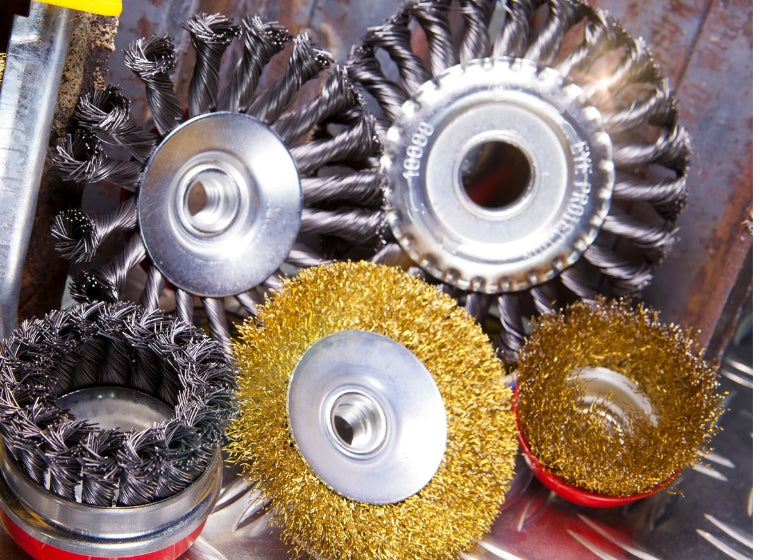
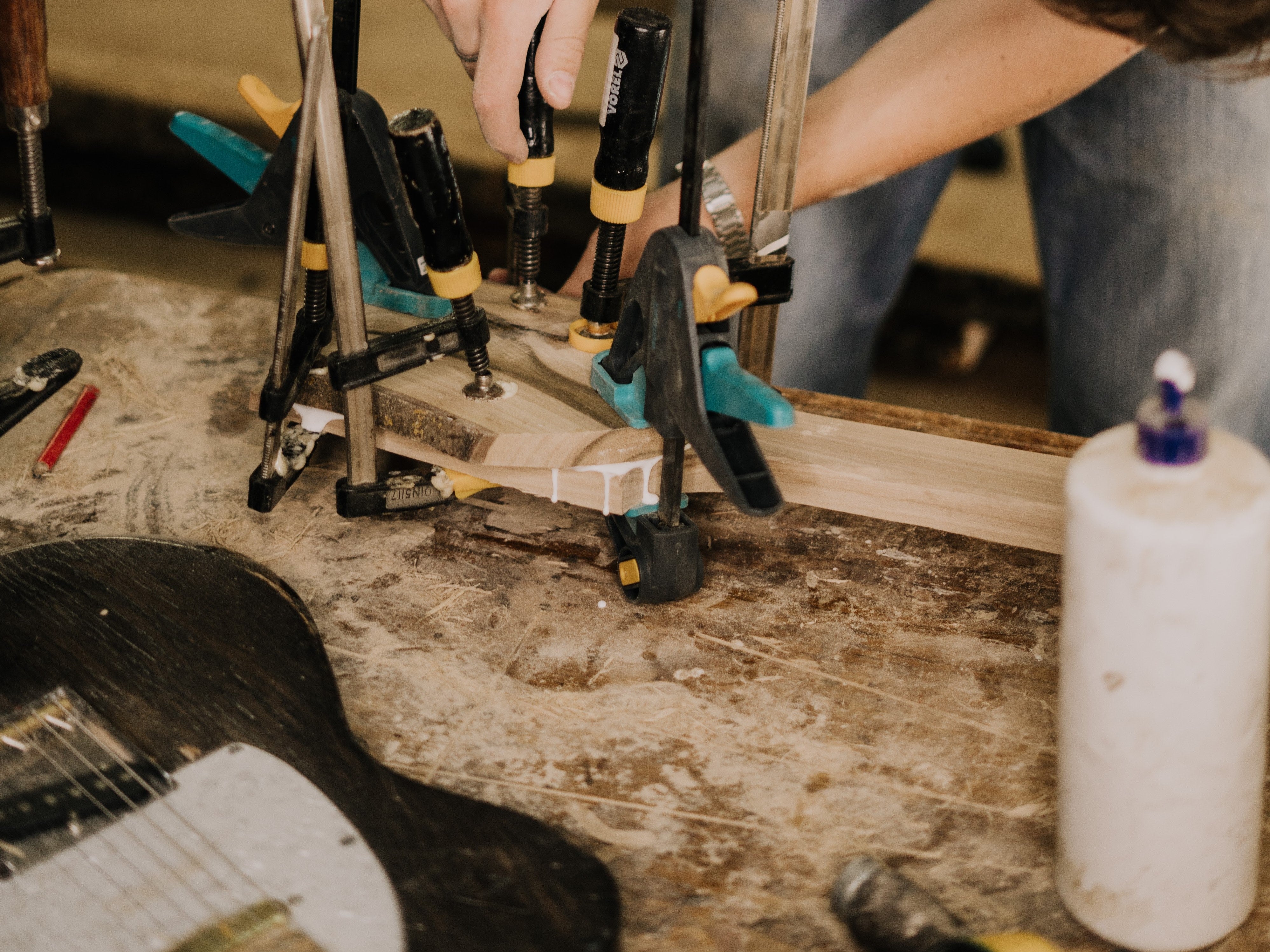

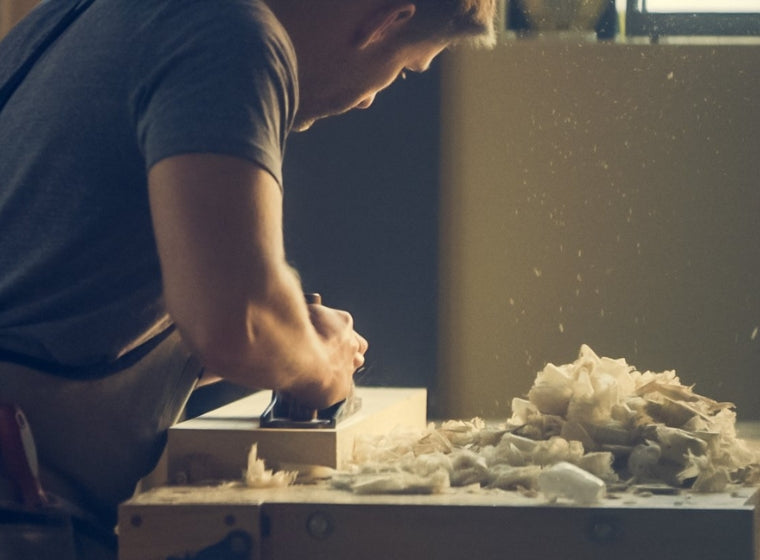


Leave a comment